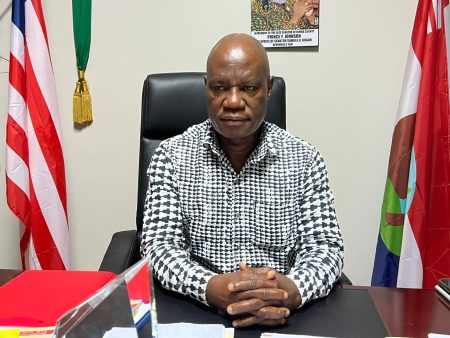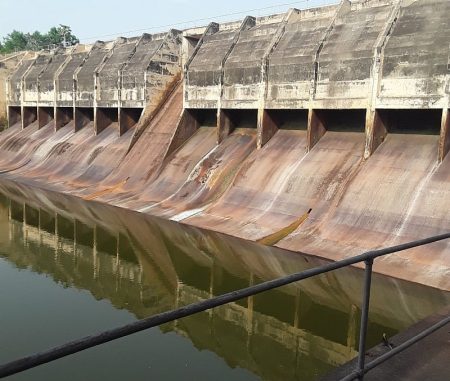A woman named Real Omo has brought to light serious allegations regarding her detention by the Lagos State Police Command at the Maroko Police Station in Lekki, Lagos State. In a video that quickly went viral, shared by a user on X.com, she claims that she and several other women were incarcerated in a cell where men were also held. The alarming nature of her claims, particularly the presence of young children among the detainees, has prompted a wave of concern and calls for assistance. Omo pleaded for help, stating that they were unaware of the supposed police raid that led to their arrest while walking in the area. Her video presentation exemplifies the distress and disbelief she felt about being subjected to such circumstances, leading her to question the rationale behind their detention.
Omo’s explanation of their detention is particularly poignant, as she grapples with the absurdity of being apprehended for merely walking at night. She declared, “This is too much to bear. Does this make sense?” The video shows the poor conditions of their holding area, with visible damages such as an open roof and fragments of the cell wall, further emphasizing the alleged neglect and inadequate treatment of the detainees. Omo’s desperate plea for rescue resonates deeply, portraying a harrowing picture of the circumstances faced not only by herself but also by the other women and children detained with her.
In response to the viral video and allegations, Benjamin Hundeyin, the spokesperson for the Lagos State Police Command, promptly refuted Omo’s claims. He took to Twitter to clarify that the detainees were not in a conventional cell but rather a “holding area” designed to keep them visible to officers ensuring safety and security. According to Hundeyin, once people are moved into the main cell, they are properly segregated by gender, and personal devices, including mobile phones, are not permitted. His rebuttal aims to present a more orderly picture of police protocols, contrasting sharply with the chaos and confusion articulated by Omo.
Accompanying Hundeyin’s statement, a video was released showing a group of men and women facing a wall in what he characterized as an “open cell.” In the video, the police officer explains the circumstances surrounding the presence of the detainees in such conditions, asserting that the individuals were mostly children who had reportedly been roaming the streets and running away from home. He insisted that the locals had brought the children to the station, and their parents had started to reclaim them, further challenging Omo’s narrative about the conditions of their detention.
Furthermore, Hundeyin emphasized that the individuals had “chosen” to stay along a passage leading to the male and female cells, which was intended to ensure they remained under supervision. This assertion aims to downplay the gravity of Omo’s claims by asserting that they were safer in the police’s custody than being left unattended on the streets at night. Nevertheless, the contrasting accounts from Omo and the police highlight a troubling narrative about the treatment and perception of detainees by law enforcement.
This incident raises critical questions regarding the treatment of detainees and the transparency and accountability of police practices in Lagos State. It brings to the forefront the pressing issue of how individuals, particularly women and children, are treated within the judicial system, especially during unforeseen circumstances like a police raid. The wider implications of this situation reflect broader societal concerns about law enforcement’s conduct and the necessity for systemic reform to ensure the protection of vulnerable groups while maintaining public safety. The public’s reaction to this incident serves as a crucial reminder of the need for vigilance in safeguarding human rights, particularly in environments under the purview of law enforcement.














